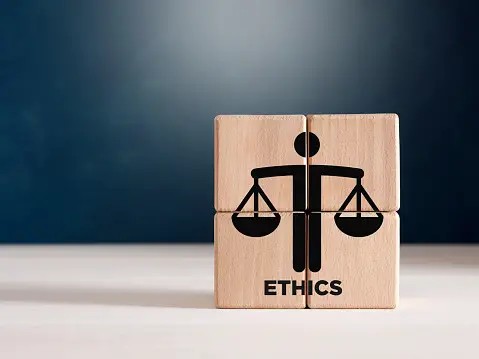The Dos and Don’ts of Writing a Grant Proposal Cover Letter article shows you how to follow the rules and craft winning cover letter,
Let’s say you’re a nonprofit organization seeking funding for a new project that will provide education and resources to low-income families in your community.
You’ve identified a potential funder that aligns with your mission and values, and you’re ready to submit a grant proposal. But before you start working on the proposal itself, you need to write a cover letter that will introduce your organization and project to the funder.
Here are some dos and don’ts to keep in mind when writing your grant proposal cover letter:
DO:
- Address the letter to a specific person: Try to find out who will be reviewing your proposal and address the letter to them directly. If you can’t find a specific name, use a generic greeting like “Dear Grant Review Committee” or “To Whom It May Concern.”
- Keep it concise: Your cover letter should be no more than one page, and should briefly introduce your organization, the project you’re seeking funding for, and why you believe your organization is a good fit for the funder.
- Show enthusiasm: Let the funder know how excited you are about the project and how it aligns with their mission and values.
- Use a professional tone: While you want to convey enthusiasm, be sure to maintain a professional tone throughout the letter.
- Thank the funder: End the letter by thanking the funder for their consideration and including your contact information in case they have any questions.
DON’T:
- Be overly casual: While you want to convey enthusiasm, avoid being too informal in your language or tone.
- Use jargon or acronyms: The funder may not be familiar with your organization or industry-specific terminology, so avoid using jargon or acronyms that could be confusing.
- Repeat information from your proposal: Your cover letter should introduce your organization and project, but should not repeat information that is already included in the proposal itself.
- Make unsupported claims: Avoid making statements that cannot be supported by data or evidence.
- Send a generic letter: Tailor your cover letter to the specific funder and project, rather than sending a generic letter that could be used for any proposal.
By following these dos and don’ts, you can create a strong grant proposal cover letter that will introduce your organization and project to potential funders and increase your chances of receiving funding.






